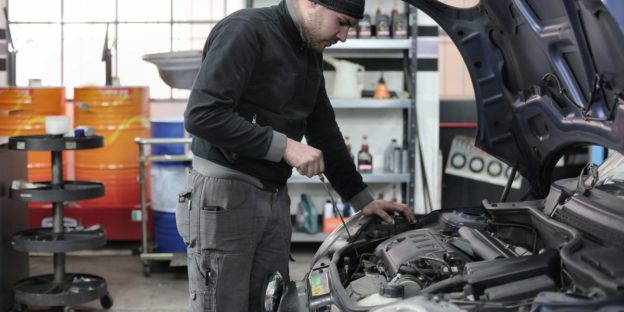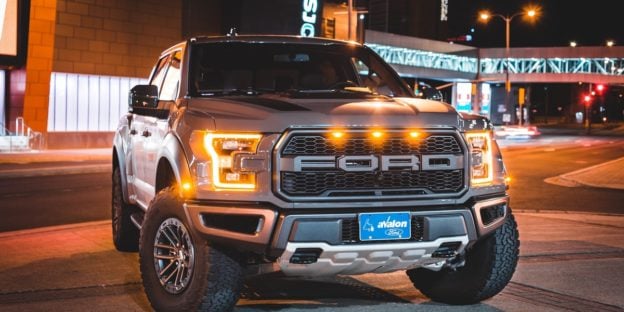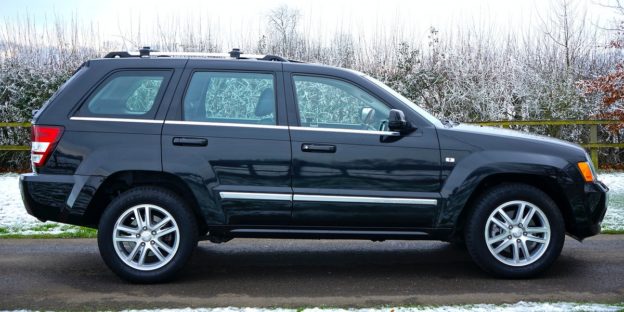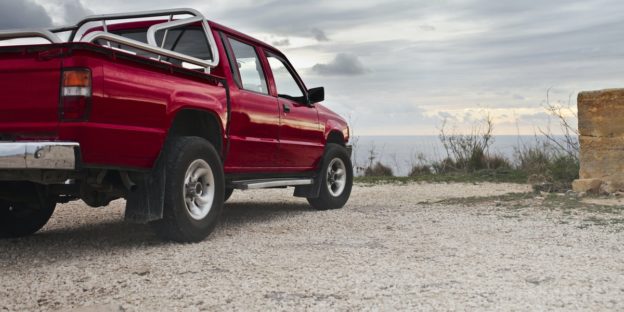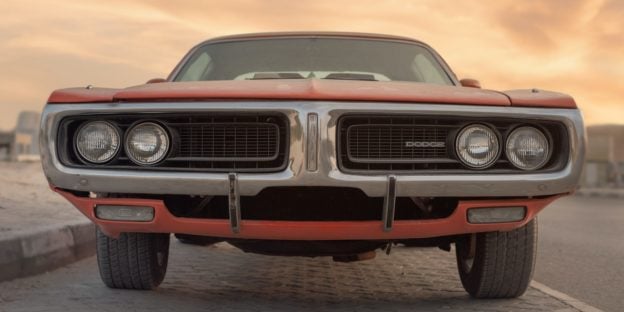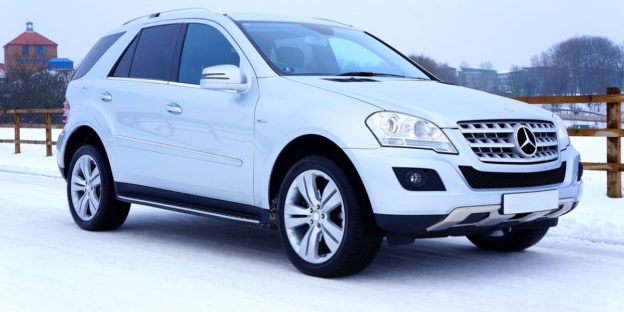When shopping online for a new or used vehicle, you might come across the term “trim level.” Some car shoppers are aware of the auto industry lingo but many aren’t. No judgment here – we’ll teach you everything you need to know about trim levels to ensure you’re getting the right features in your vehicle.
What is a Vehicle Trim Level?
A trim level (sometimes called a trim package) is a version of a vehicle model that comes with a combination of features pre-selected by the manufacturer.
Cars with higher trim levels come with better features and a higher price, whereas cars with lower trim levels are more basic and have a cheaper price tag. To differentiate trim levels, you’ll see lingo like Chevrolet Corvette 3LT or BMW 320i.
Every vehicle has a trim level, even if it’s basic with no extra features. However, the features used to determine trim levels have changed. In the past, trim levels were based on aesthetic features like chrome accents and leather upholstery.
Today, trim levels include functional updates like high-end technology and performance upgrades. Some vehicles have up to 6-10 different trim levels due to the variety of upgrades included in the model!
How Does a Trim Level Differ from an Accessory Package
At first glance, it might seem like a trim level rivals an accessory package. But there are clear differences. First, accessory packages are often a la carte, meaning that you can pick and choose what you want. Trim levels cannot be modified.
Second, accessory packages can be added onto most car models. Again, trim levels are already set by the manufacturer and cannot be changed or added. Whether you’re buying a car from a dealership, a private seller or an online repo directory like RepoFinder, the trim level you see is what you get.
Hopefully this information has helped you understand what a trim level means when shopping for new or used vehicles. The more you know, the easier time you’ll have looking for cars that fit your needs and budget. To shop a wide selection of vehicles at affordable prices, shop at RepoFinder today.




